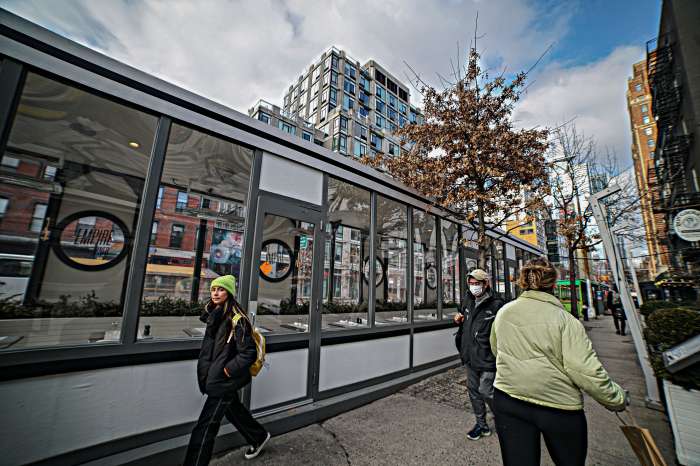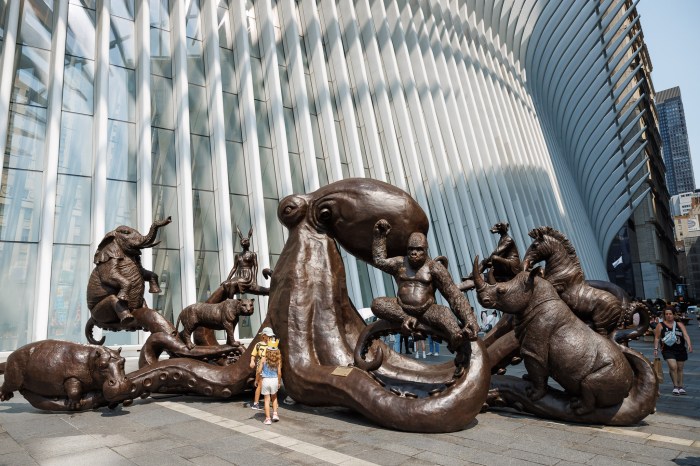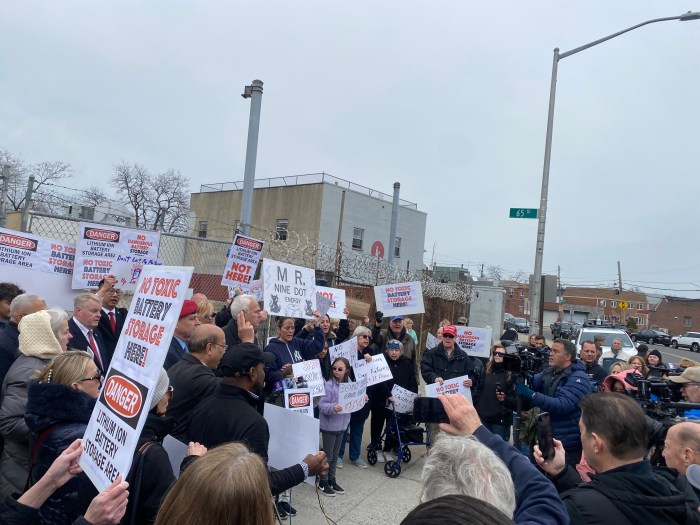The sentencing last week of the man who orchestrated the “Varsity Blues” scheme was a striking reminder of the deep inequities of college admissions. Unfortunately, despite all of the media attention generated by the scandal, and the high-profile prosecutions, little has been done to address the root of the problem.
Wealthy families still invest in SAT prep courses, essay-writing help, and college consultants to give their kids a leg up. Of course, they can also cover the full ride of college tuition, room and board. Many colleges will still give preference to legacy applicants or to the children of big donors. These parents are, unlike the “Varsity Blues” parents, playing by the rules – and they are still the beneficiaries of a horribly broken system.
For low-income students and their families, the college admissions game seems stacked against them. By age 24, 58% of young people from high income families have attained a Bachelor’s degree. For young people from low-income families, just 11% have completed their Bachelor’s by that age. Fixing this disparity is key to closing the racial wealth gap: New York City residents with a Bachelor’s degree earn twice as much as those with only a high school diploma.
Money remains the biggest obstacle to college; it’s also among the easiest for wealthy New Yorkers to address. Research shows that establishing a college savings fund – even a small one – makes a huge difference in a child’s college prospects. A child with just a few hundred dollars in a college savings account is three times more likely to go to college, and four times more likely to graduate, than a child without an account.
As New Yorkers, we have great opportunities to leverage our privilege, not for personal gain, but to work to fix this broken system.
In 2019, right after the scandal broke, my family and a few friends committed to investing $5,000 a year, during the years our kids were in college, to confront racial inequity in higher education. We co-created with the Brooklyn Community Foundation the College Opportunity Fund, a donor-advised fund to support carefully vetted organizations like NYC Kids RISE, which provides families, schools, and communities with ways to work together to save for college.
Last month, Brooklyn Community Foundation mobilized the College Opportunity Fund and other Donor Advised Funds to supplement a grant from Bloomberg Philanthropies’ Greenwood Initiative to NYC Kids RISE. We were able to provide 1,200 first-graders in Brooklyn with $1,000 each in their NYC Scholarship Accounts.
The $1.2 million investment went to children in School District 18 in East Flatbush and Canarsie, where 86% of students are Black—the greatest percentage of Black students of any school district in the city. According to the Center for an Urban Future, only 26.6% of Black New Yorkers have attained a bachelor’s degree.
Community-driven programs that help equal the playing field and invest in building generational wealth and opportunity in communities of color are an excellent way for privileged families, like my own, to confront the college admissions problem head on. We may not be able to fix the system overnight, but we can start pushing it in a more equitable direction. And even better, we are making a huge investment in the children, and future, of New York City.
Lisa Cowan is Vice President at the Robert Sterling Clark Foundation.





































